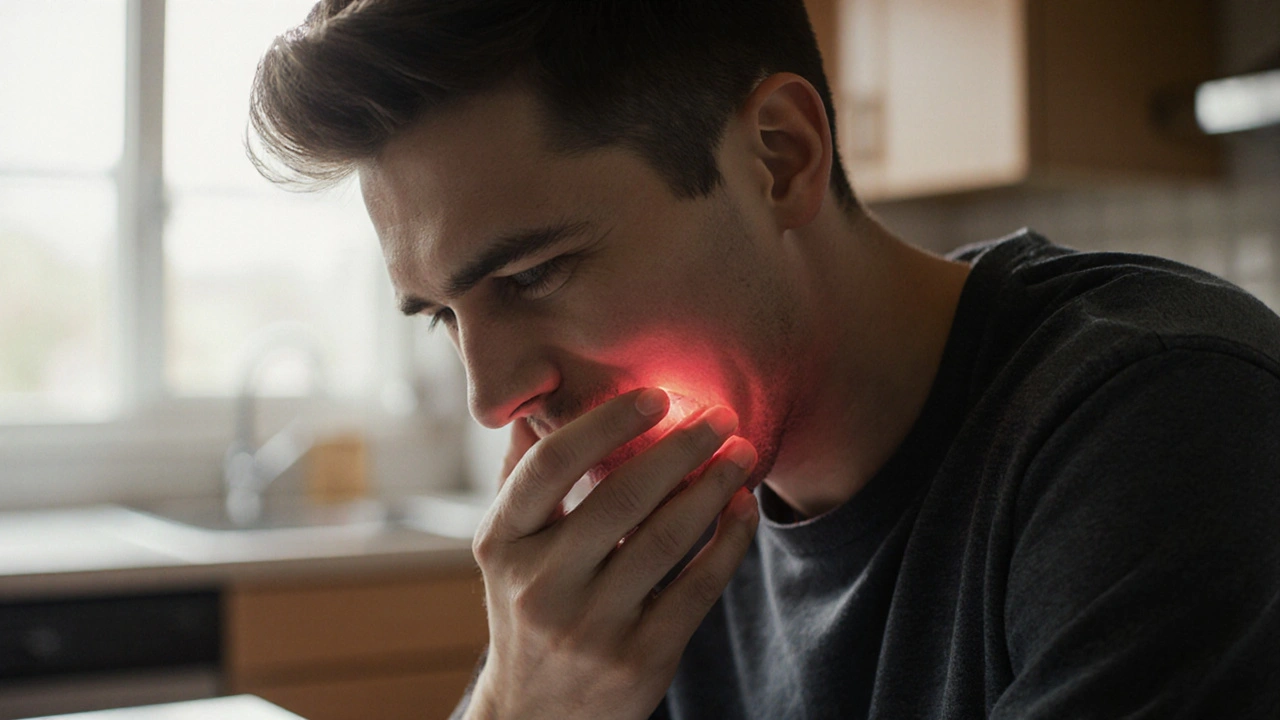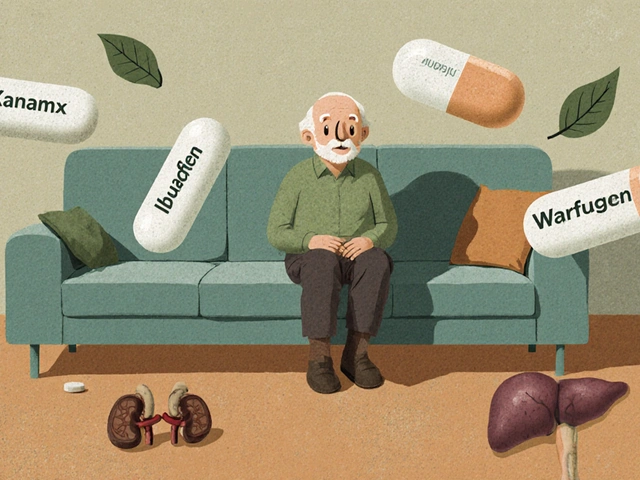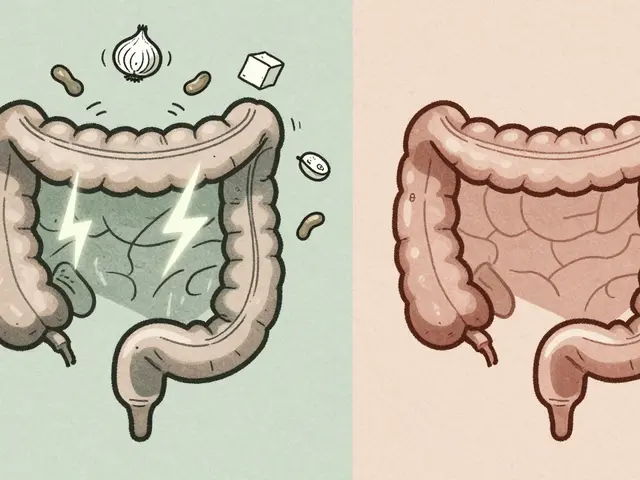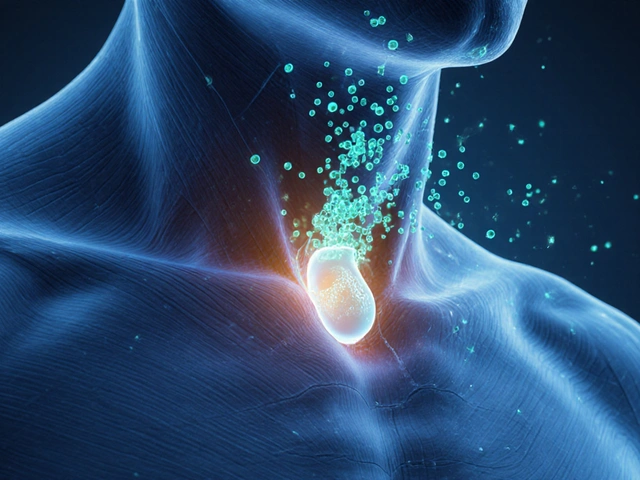Understanding Toothache Signs: When to Seek Help
When dealing with toothache signs, painful sensations that flag a problem in a tooth or surrounding gum. Also known as dental pain indicators, it signals that something inside the mouth needs attention.
One of the most common companions of tooth decay, the gradual breakdown of enamel caused by bacteria is a sharp, lingering ache. If you notice a sudden ache after eating sweets, that toothache sign often points to early decay. Another related entity, gum disease, inflammation of the gums that can progress to periodontitis, shows up as throbbing pain, bleeding, or a bad taste. Both conditions share the same root: bacterial buildup, so spotting one sign can reveal the other.
Beyond decay and gum issues, oral infection, an invasion of harmful microbes into tooth pulp or surrounding tissue can turn a mild ache into a constant throb. An infection often brings swelling, fever, and a foul taste. The presence of an infection is a clear semantic triple: toothache signs indicate oral infection. Recognizing this link helps you act before the infection spreads to the jawbone.
Common Indicators and What They Mean
Sharp, localized pain when you bite down usually points to a cracked tooth or a loose filling. Dull, diffuse ache that worsens at night often signals nerve inflammation, known as pulpitis. If the pain radiates to the ear or jaw, it may be a sign of referred pain from a sinus infection, showing how sinus pressure, fluid buildup in the sinus cavities can mimic dental problems. These connections illustrate another triple: sinus pressure can cause toothache signs, even when the teeth are healthy.
Smoking adds another layer. Research shows smokers experience more severe toothache signs because nicotine reduces blood flow, slowing healing and aggravating gum disease. This creates a chain: smoking → impaired gum health → heightened toothache signs. Knowing this helps you see why quitting can lower the frequency of painful episodes.
Stress also plays a role. Teeth grinding (bruxism) during sleep creates pressure on the teeth, leading to micro‑fractures and chronic ache. Here, the triple is: stress → bruxism → toothache signs. If you wake up with sore jaw muscles, consider a night guard to break the cycle.
Age matters, too. Children often report toothache signs linked to emerging wisdom teeth, while older adults might feel pain from receding gums exposing dentin. Each age group brings its own set of likely culprits, so tailoring your response to your life stage improves outcomes.
Putting all these pieces together, you now have a roadmap: identify the type of pain, match it to likely causes—decay, gum disease, infection, sinus pressure, smoking, stress, or age‑related changes—and decide whether home care or a dental visit is needed. Below you’ll find a curated list of articles that dive deeper into each of these topics, giving you practical tips, treatment options, and prevention strategies to keep your smile pain‑free.

- Oct 12, 2025
- Posted by Cillian Osterfield
Toothaches and Oral Cancer: Recognizing the Warning Signs
Learn how to tell a regular toothache from early oral cancer signs, know the risk factors, and discover steps for prompt detection and care.
Categories
- Health and Wellness (61)
- Medications (45)
- Health and Medicine (22)
- Pharmacy Services (11)
- Mental Health (5)
- Health and Career (2)
- Medical Research (2)
- Business and Finance (2)
- Health Information (2)
Latest Posts
©2025 heydoctor.su. All rights reserved





